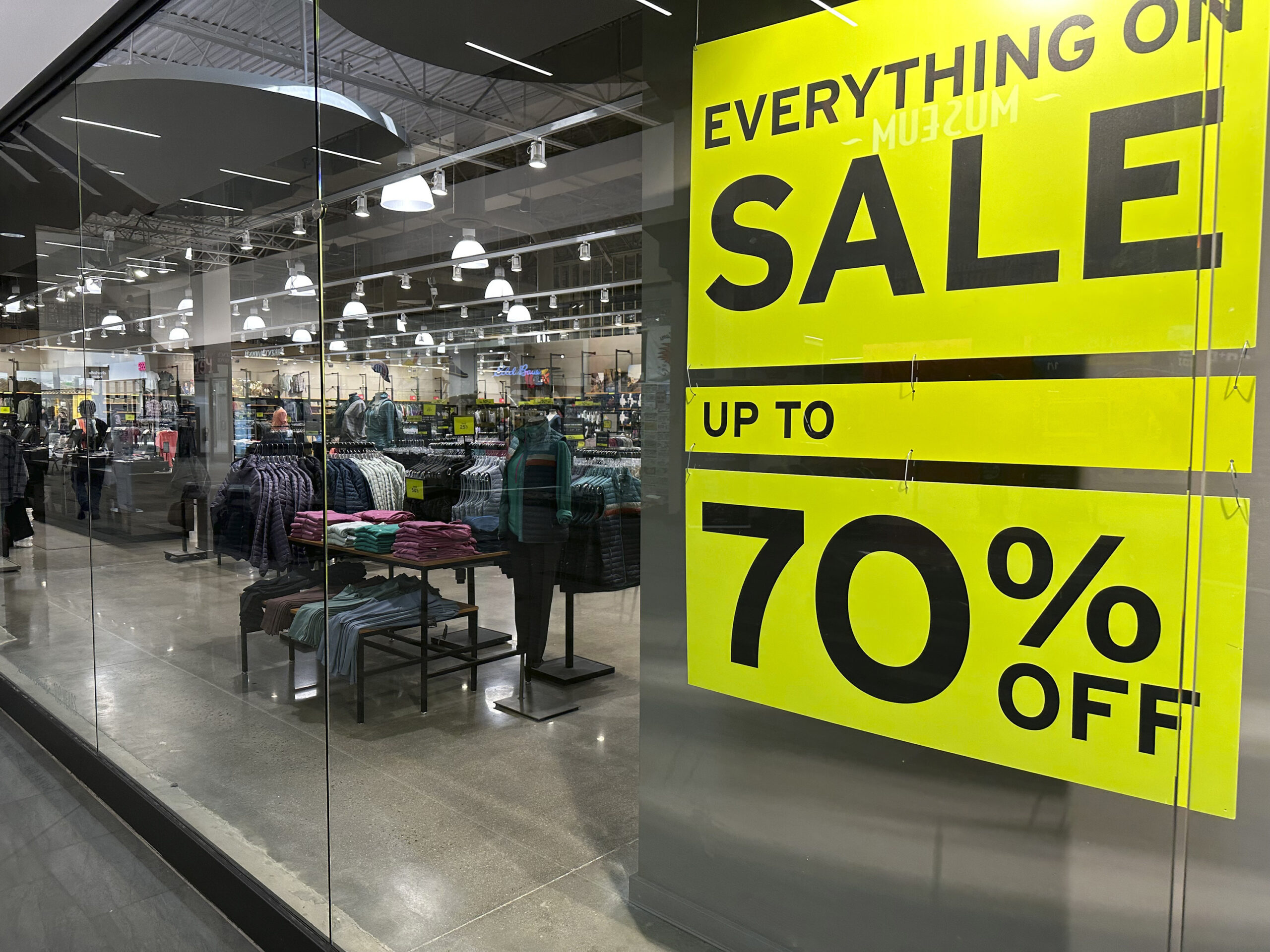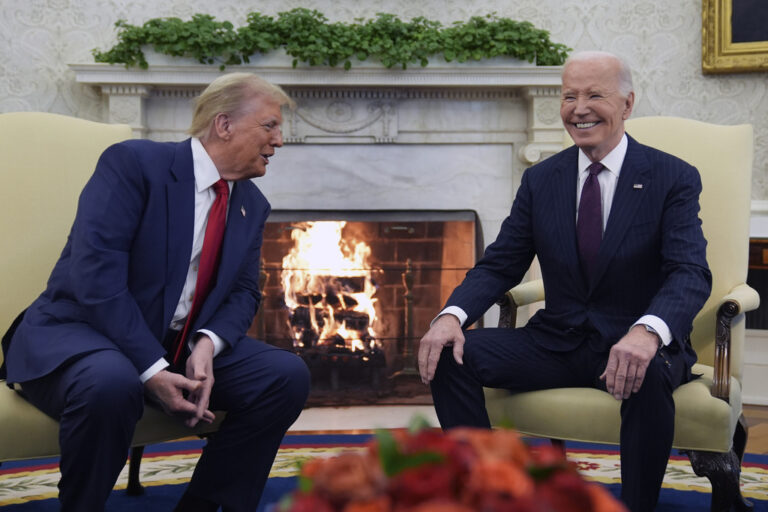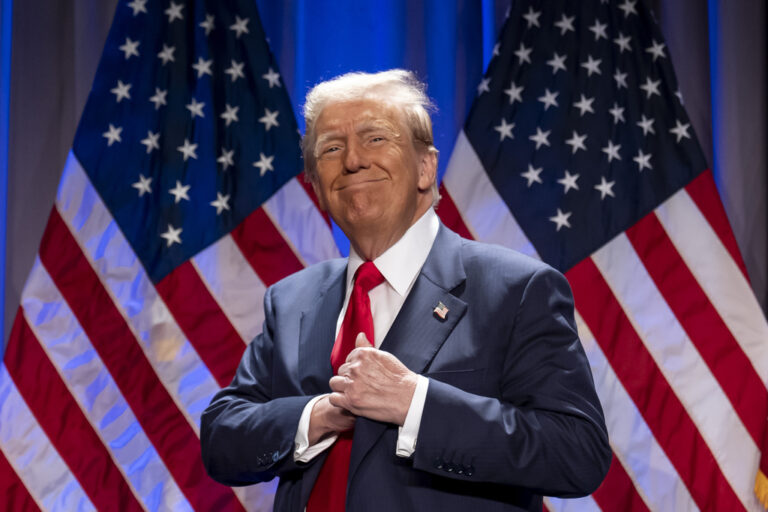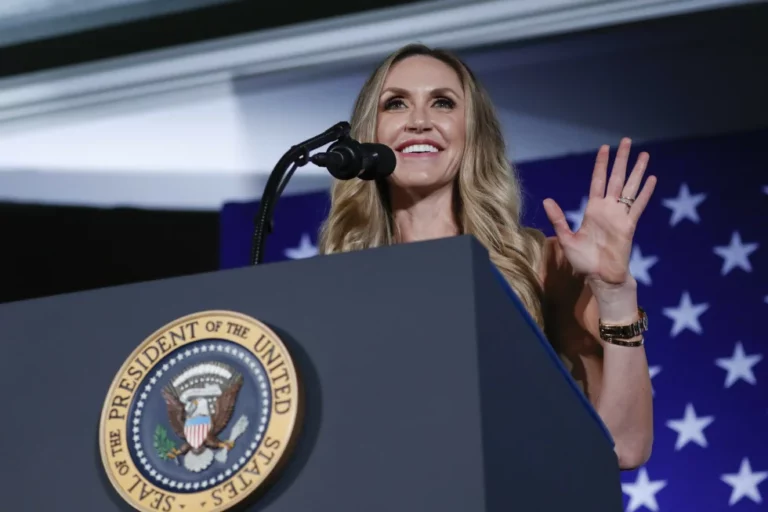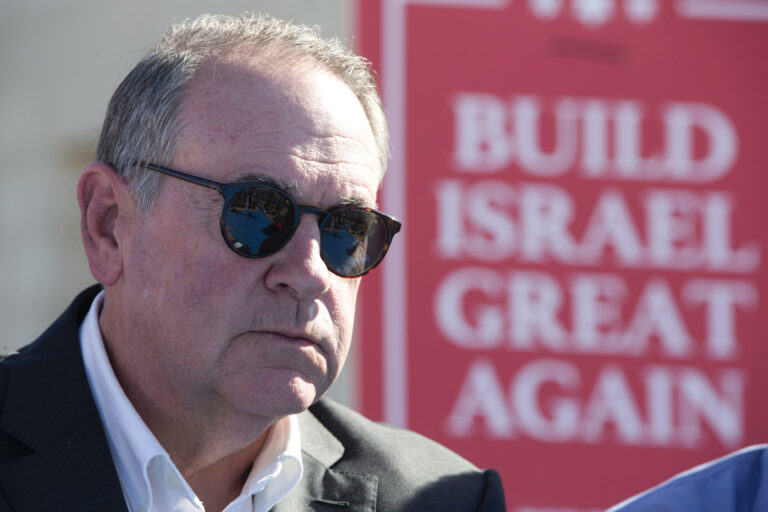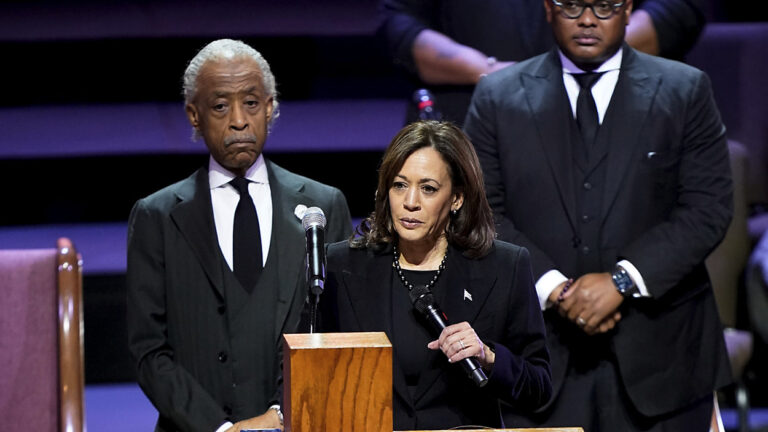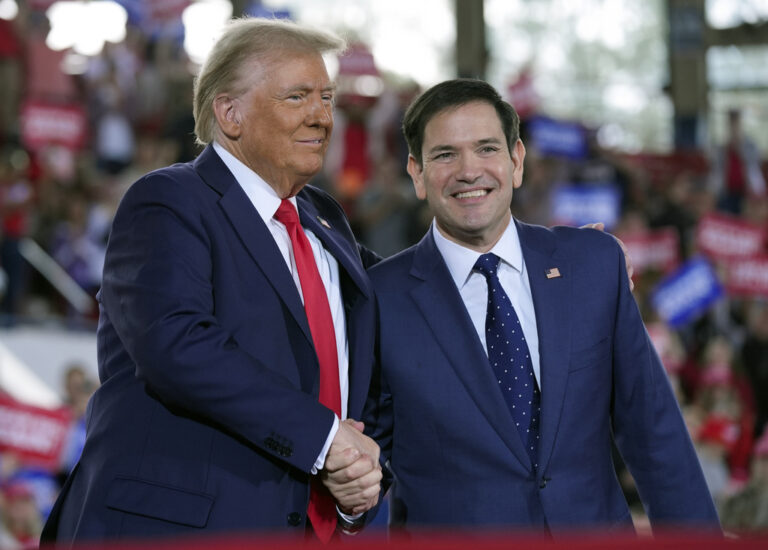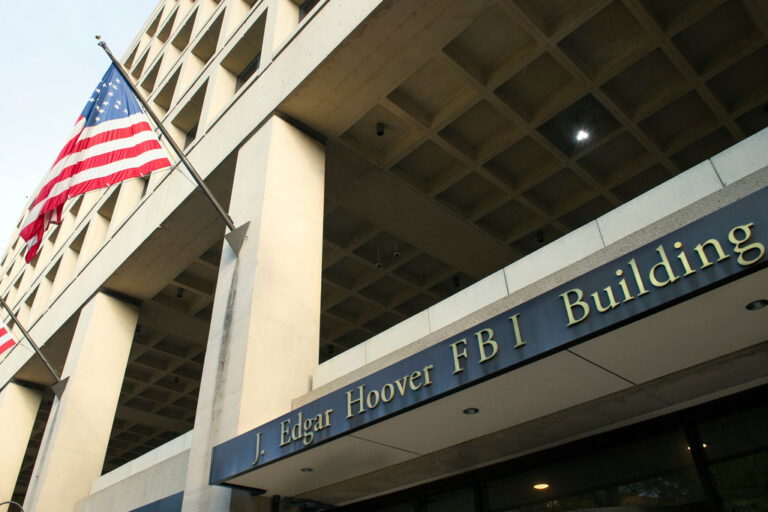An inflation gauge closely tracked by the Federal Reserve remained low last month, adding to signs of cooling price increases and raising the likelihood that the Fed will leave interest rates unchanged when it next meets in late September.
Thursday’s report from the Commerce Department showed that prices rose just 0.2% from June to July, the third straight modest increase. Compared with a year earlier, prices rose 3.3% in July, up from a 3% annual increase in June. The year-over-year figure, though, is down sharply from the 7% peak it reached a year ago, though still above the Fed’s 2% inflation target. It rose partly because of much smaller price increases a year ago.
Among individual items, the cost of groceries rose just 0.2% from June to July, though they’re up 3.5% over the past year. Gas prices increased 0.3% in July but remain 22.3% lower than they were a year earlier.
Among autos, new-car prices edged down 0.1%; they’re still up 3.6% from July of last year. Used car prices fell 1.4% from June to July and are down 5.5% compared with 12 months earlier.
The latest data follows other recent reports that suggest the economy and the job market may be slowing enough to cool inflation pressures. The number of advertised job openings, for example, tumbled in July, and fewer Americans are quitting their jobs to seek better opportunities. Both trends ease the pressure on companies to raise pay to find and keep workers — a move that tends to perpetuate inflation as employers raise prices to offset their higher labor costs.
Excluding volatile food and energy prices, “core” inflation ticked up just 0.2% from June to July, the same as from May to June. Compared with a year earlier, core prices rose 4.2%, up slightly from 4.1% the previous month. The Fed’s policymakers closely monitor core prices as a telltale signal of where inflation might be headed.
“It is becoming harder to dismiss the improvement in the inflation numbers as mere noise,” said Ian Shepherdson, chief economist at Pantheon Macroeconomics. Annualized core inflation in the past three months, compared with the previous three months, increased at the slowest pace since March 2021, Shepherdson said.
Economists and Wall Street traders increasingly believe the Fed will leave its benchmark interest rate unchanged when it next meets Sept. 19-20. If inflation and the economy continue to moderate, it might not raise rates at its subsequent meeting in November, either. If so, that would leave the central bank’s July rate increase — the 11th since March 2022 — as the final one.
Some economists noted that the increase in year-over-year inflation rates underscored Fed Chair Jerome Powell’s message in a high-profile speech last week at an annual conference of central bankers in Jackson Hole, Wyoming: That inflation remained too high and the central bank had to remain vigilant. Still, policymakers typically pay closer attention to monthly and quarterly inflation data than to yearly figures, which can be lagging indicators.
The inflation gauge that was issued Thursday, called the personal consumption expenditures price index, is separate from the better-known consumer price index. Earlier this month, the government reported that the CPI rose 3.2% in July from a year earlier, down from a peak of 9.1% in June 2022.
Thursday’s report also showed that Americans spent more in July, with consumer spending rising a healthy 0.8% from June to July, up from a 0.5% gain from May to June. The increase suggests that the U.S. economy is growing at a solid pace in the current July-September quarter.
Though consumer spending drives most of the U.S. economy, the Fed is seeking to slow it down as a way to restrain inflation. Too fast an acceleration of spending could lead the central bank to raise rates even further. At the same time, the Fed is trying to avoid slowing the economy so much as to cause a deep recession.
Powell referred to the tricky dynamics surrounding the economy and inflation in his Jackson Hole speech. He stressed that the Fed would “proceed carefully” as it considers its next moves.
“Two months of good data,” Powell said, “are only the beginning of what it will take to build confidence that inflation is moving down sustainably toward our goal. We can’t yet know the extent to which these lower readings will continue.”
In Europe, inflation largely held steady in July at a time when the European Central Bank, like the Fed, is grappling with whether to raise its key interest rate at its next meeting in September. The consumer price index for the 20 countries that use the euro currency rose 5.3% in July from a year earlier, the same as for June, the EU statistics agency Eurostat said. Core inflation eased from 5.5% to 5.3%.
In the United States, spending in July jumped around the July 4th holiday, according to data from the Bank of America Institute, which tracks consumer activity through its credit and debit cards. And a pickup in online spending occurred in mid-month, likely because of Amazon’s “prime” shopping day, the institute said.
Later in the month, entertainment spending surged, probably reflecting the popularity of the “Barbie” and “Oppenheimer” movie releases, the Institute said.
Those trends might have pulled some spending away from major retailers, some of which reported sharp sales declines in the spring and early summer, including Macy’s, Foot Locker and Kohl’s. Yet many discount retailers, including Walmart, TJ Maxx and Dollar Tree, reported growing sales. That suggested that lower- and middle-income shoppers, feeling squeezed by inflation and higher borrowing costs, are seeking out bargains and focusing more on necessities.
Economists said last month’s jump in consumer spending was driven mainly by one-time factors, that are unlikely to be repeated. Utility spending leapt as hot weather led many Americans to crank up air conditioning. Back-to-school shopping also likely fueled some spending.
(AP)

